Passenger Car Shock Absorbers Rear: The key force behind driving comfort
 2025.07.15
2025.07.15
 Industry News
Industry News
In the process of continuous evolution of the modern automobile industry, the driving experience of passenger cars has been increasingly valued. Whether it is stability during high-speed driving or comfort under daily urban road conditions, it is inseparable from the suspension system. In this system, the role of the rear shock absorber is particularly important. Passenger Car Shock Absorbers Rear is not only related to the dynamic control of the vehicle body, but also one of the core components to ensure vehicle safety and comfort.
The core function and working principle of the rear shock absorber
The shock absorber plays a dual role of buffering and control in the entire suspension system. Its main task is to suppress spring compression and rebound movement and reduce vibration transmission caused by uneven road surface. The passenger car rear shock absorber is located at the rear of the vehicle, effectively absorbing the vertical impact of the rear wheel, thereby maintaining the stable movement trajectory of the rear axle and ensuring that the tire always maintains good contact with the ground. The rear shock absorber usually adopts a hydraulic or pneumatic structure, and its internal oil flows through the valve to generate damping force, converting the impact energy into heat energy for release.

Hydraulic rear shock absorbers are the most common type in passenger cars. Their working process involves the piston moving up and down in a cylinder filled with liquid. By controlling the oil flow rate and path, damping adjustment under different speeds and loads can be achieved. There are also a few high-end models equipped with electronically controlled adjustable shock absorbers, which adjust the shock absorber response speed in real time through the on-board control system to adapt to different driving modes and road conditions.
The art of balancing comfort and control
Passenger Car Shock Absorbers Rear is not only for absorbing vibrations, but also for coordinating the dynamic performance of the vehicle suspension system. In the urban commuting environment, the rear shock absorber should effectively suppress the ups and downs of the rear of the vehicle body, bringing passengers a more stable ride. In the case of high-speed cornering or rapid acceleration, the shock absorber must also have sufficient support to prevent the rear of the vehicle from excessively tilting or bouncing up and down, thereby improving the vehicle's control limit and response accuracy.
High-quality rear shock absorbers can provide flexible response capabilities in different driving environments. They can maintain low damping on flat roads to ensure comfort, and provide high damping to ensure stability in bumpy or intense driving. Advanced shock absorption systems even have adaptive capabilities, which can automatically adjust the internal damping force according to real-time parameters such as vehicle speed, braking status, steering angle, etc., to achieve dual guarantees of comfort and control.

Breakthrough in material technology and manufacturing precision
With the accelerated advancement of the trend of lightweight and performance-oriented automobiles, the structural design and material selection of passenger car rear shock absorbers are also continuously optimized. At present, mainstream rear shock absorbers mostly use high-strength steel or aluminum alloy materials to ensure that they still have excellent fatigue strength and corrosion resistance in high-frequency vibration environments. At the same time, the precision machining of the inner wall, the fine-tuning matching of the valve, and the upgrade of the sealing technology have also greatly improved the response sensitivity and service life of the shock absorber.
Passenger Car Shock Absorbers Rear plays an irreplaceable role in the dynamic performance and riding experience of the whole vehicle. From basic hydraulic shock absorbers to high-precision manufacturing, and then to the support of intelligent adjustment technology, rear shock absorbers are undergoing an upgrade from "functional" to "performance" and then to "intelligent". In the future, with the re-layout of the chassis structure of electric vehicles and the integration of vehicle networking technology, rear shock absorbers will no longer be just a supporting role that passively receives vibrations, but will become a core part of actively coordinating the dynamic performance of the entire vehicle.
 EN
EN  English
English Español
Español


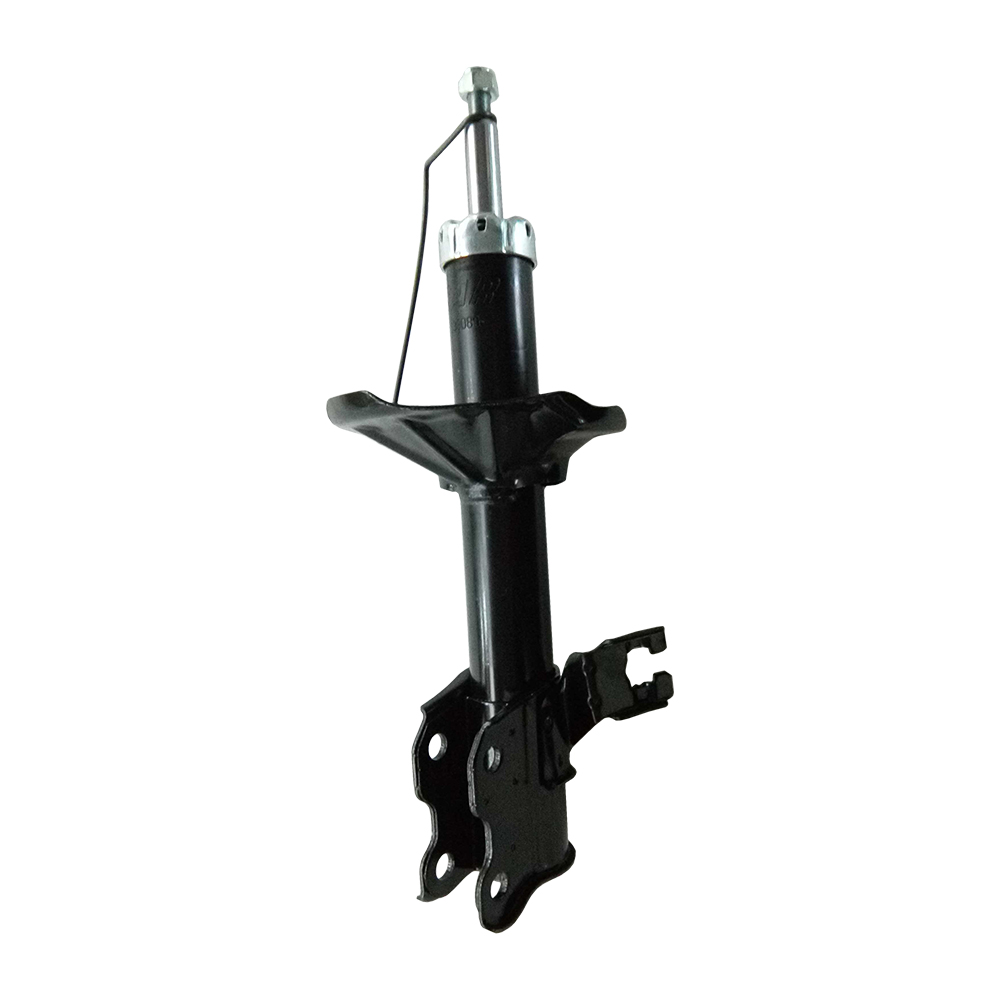
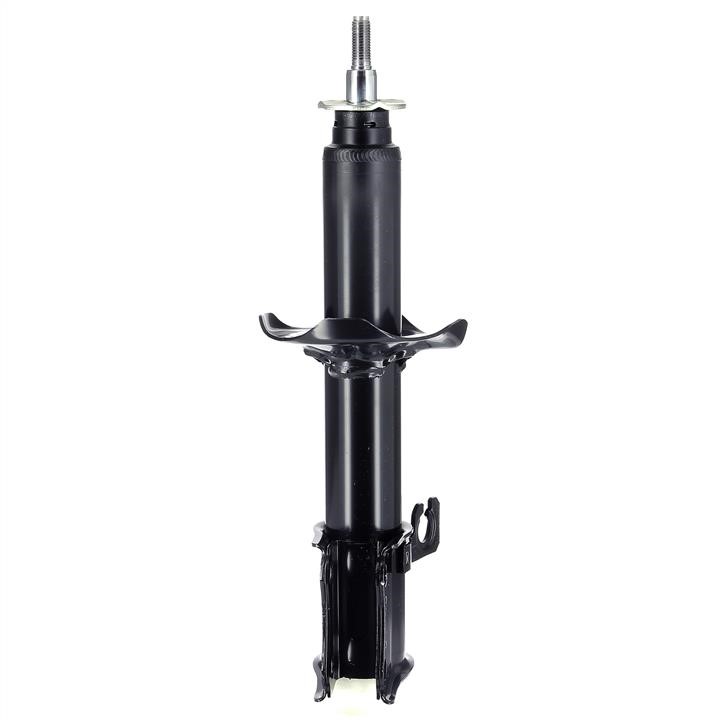
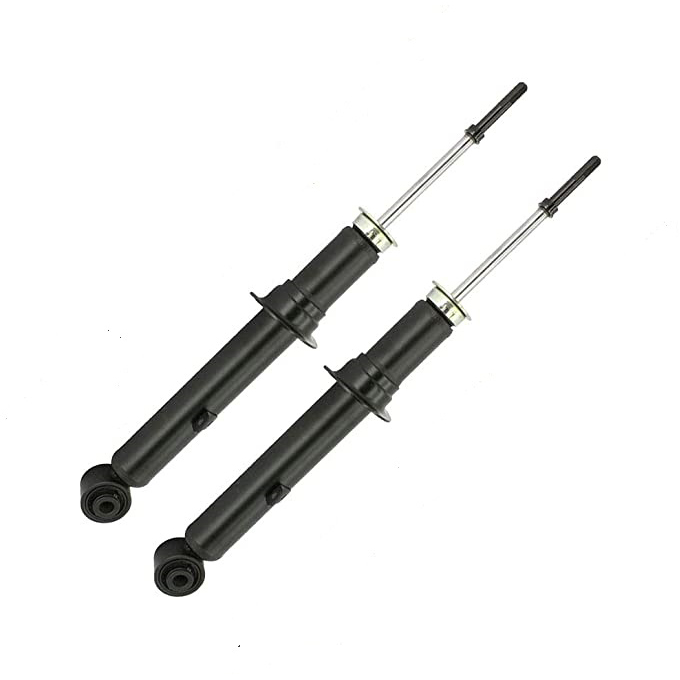
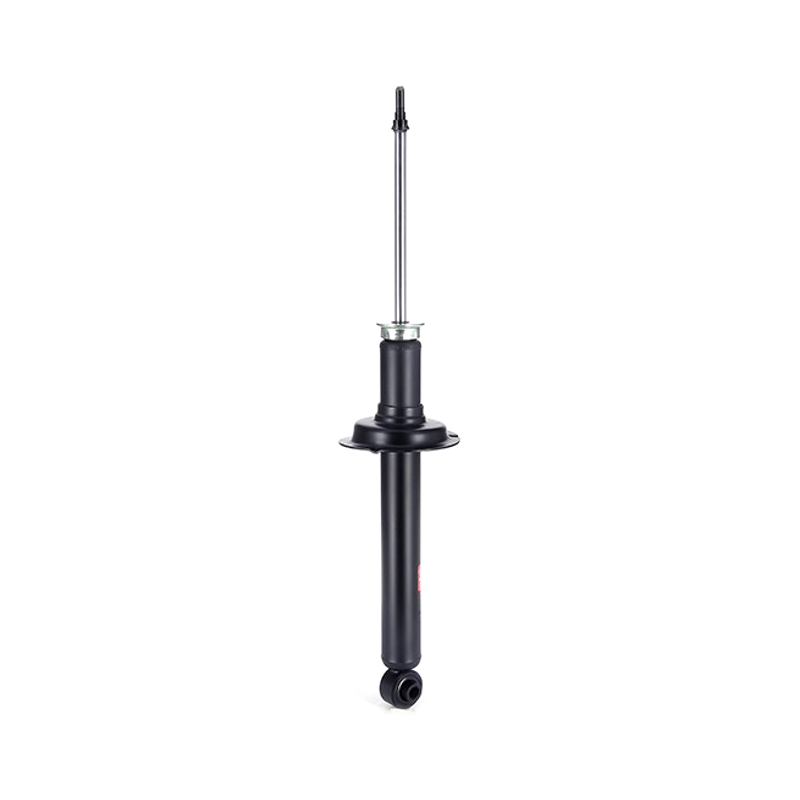
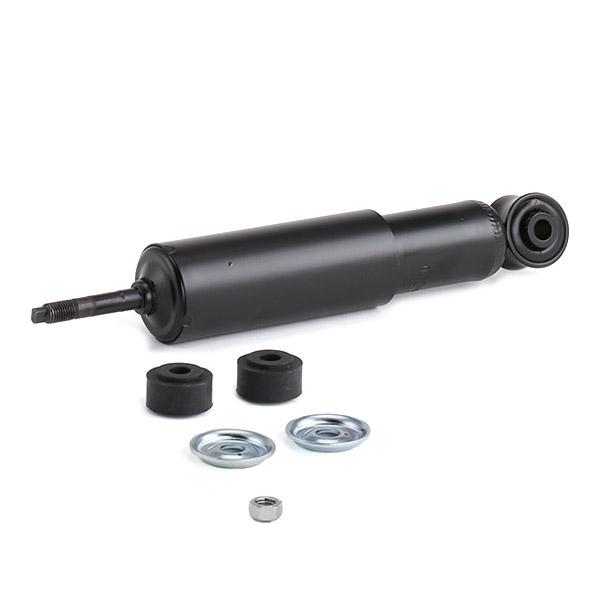
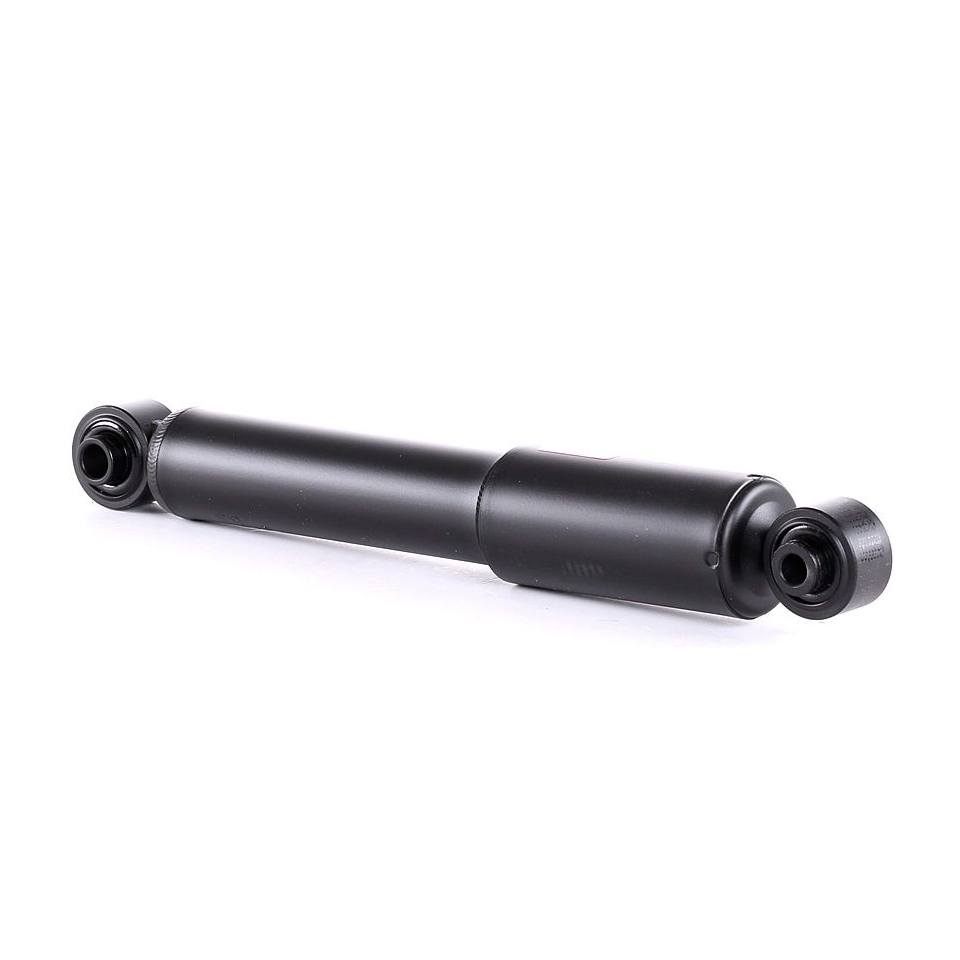
 +86-13757453333
+86-13757453333  +86-572-8355557
+86-572-8355557  Caroline@gerep.cn
Caroline@gerep.cn  No. 36, South Zhenxing Rd., Zhongguan Town, Deqing County, Huzhou, Zhejiang, China
No. 36, South Zhenxing Rd., Zhongguan Town, Deqing County, Huzhou, Zhejiang, China 